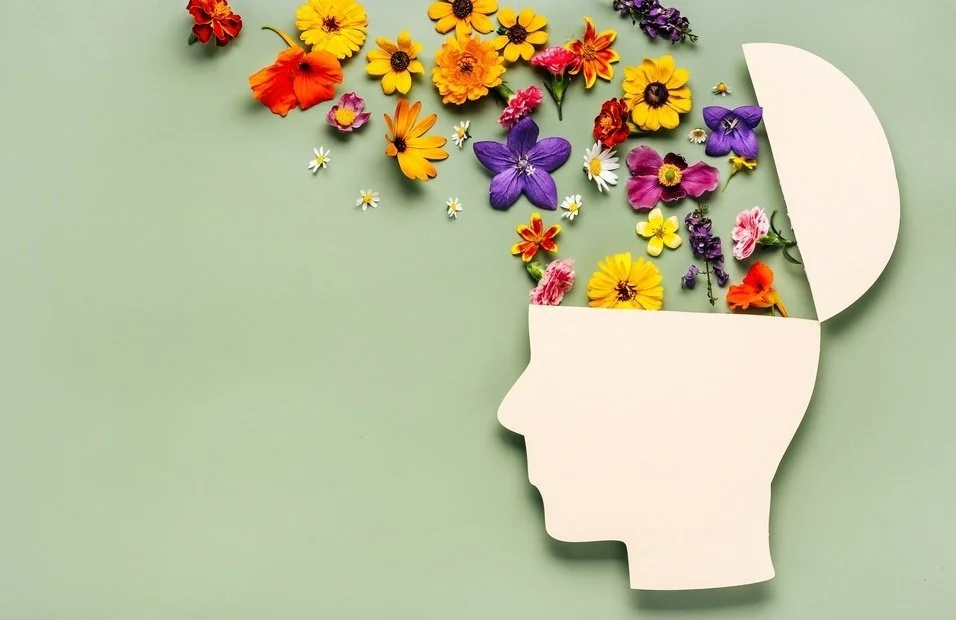Children’s Mental Health
There are about 75 million children in America. About 1 in 6 of them have at least one mental health disorder. About half of these children have received no counseling or treatment from mental health professionals. Read on for more information about children’s mental health challenges.
Mental health challenges
Some of the most common mental health challenges faced by kids and teenagers include ADHD, anxiety, depression, and behavioral disorders. It may be difficult sometimes to tell if a child is having normal ups and downs emotionally, or if it’s something more serious. Many normal developmental phases can involve rapid emotional shifts, trouble paying attention, or challenges interacting with those around them. However, these behaviors can sometimes indicate a mental health issue. Seek help when concerning behaviors continue for weeks or months. Seek help when behaviors interrupt functioning at home or school. When behaviors cause distress for your child or in their relationships with family or peers, look for help. If a child talks about hurting themselves or others or acts in an unsafe way, get help immediately.
For children facing mental health challenges, early diagnosis and treatment can make a significant difference. Evaluations, screening, referrals and treatment will look different depending on what providers are available. Treatment is essential so children can reach their full potential and maximize their quality of life. Treatment might include play therapy, art therapy, and family therapy. It may also include medication, parental support, and talk therapy. Seek help with your pediatrician or mental health care professional. Also, these services are often available through your child’s school.
ADHD
ADHD is attention-deficit/hyperactivity disorder. It can show up as some combination of difficulty with attention, impulsiveness, and hyperactivity compared to other children in the same age group. Almost 1 in 10 kids ages 2-17 have an ADHD diagnosis. The median age of onset is age 11. There has been an increase in the past few decades of children who have been diagnoses with ADHD. There has also been an increase in children who are being treated with medication for ADHD in the past couple decades. Boys are twice as likely as girls to be diagnosed with ADHD and treated with medication.
Behavioral disorders
Over 7% of kids between ages 3-17 have been diagnosed with a behavioral disorder. These are more common in ages 6-11 than in younger or older children. This involves disruptive behaviors that are severe, chronic, or are not common for a child’s age. This could look like acting out, arguing, aggression, or acting defiant around adults or others. Behavioral disorders can include oppositional defiant disorder and conduct disorder.
Anxiety
For children, anxiety disorders can look like chronic fear or worry that interrupts functioning in school, play, and with peers. Anxiety disorders could include social anxiety, obsessive compulsive disorders, and generalized anxiety disorder. About 7% of kids have diagnosed anxiety, and the median age of onset is 6.
Depression
If your child exhibits ongoing sadness and loss of interest in normal activities for more than two weeks, they may be experiencing depression. Other symptoms can include fluctuations in weight, difficulty concentrating, and trouble with sleep. About 3% of kids have been diagnosed with depression. The median age of onset for mood disorders is age 13.
Other
Other mental health challenges that are diagnosed in children include autism spectrum disorder or eating disorders. Substance use, post traumatic stress disorder, and schizophrenia can also be diagnosed in children. Some mental disorders can occur together. About 75% of kids with depression also have anxiety. For kids with behavior problems, 1 in 3 also have anxiety and 1 in 5 also have depression. Find more stats on childhood mental health disorders from the Child Mind Institute.
Certain lifestyle behaviors may contribute to helping manage symptoms in children and teens. This could include getting regular exercises, eating a healthy diet, and getting enough sleep. Additionally, cultivating stronger relationships with family members can help as well. Mental health disorders are not a result of personal weakness, bad parenting, or lack of willpower. Read more about myths about child mental health.
If you, your child, or someone you know is in immediate distress or is thinking about hurting themselves, call the National Suicide Prevention Lifeline at 1-800-273-TALK (8255). Or call the toll-free TTY number at 1-800-799-4TTY (4889). You also can text the Crisis Text Line (HELLO to 741741).
Are you looking for more support for your child or yourself? Please reach out to us. Our team of therapists is here to provide support and guidance. We look forward to connecting with you.






